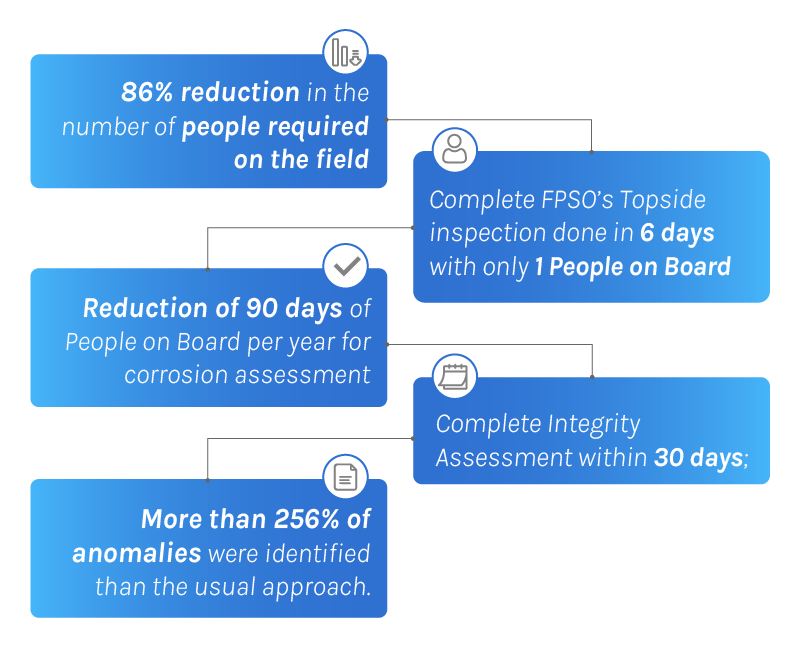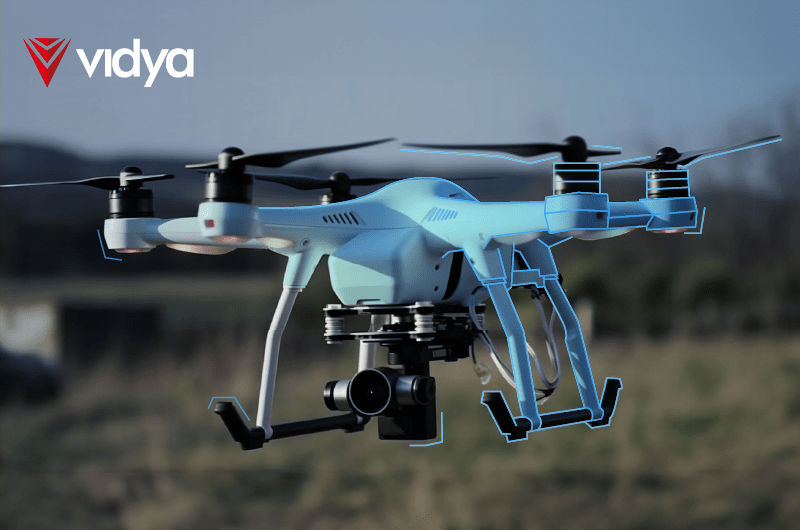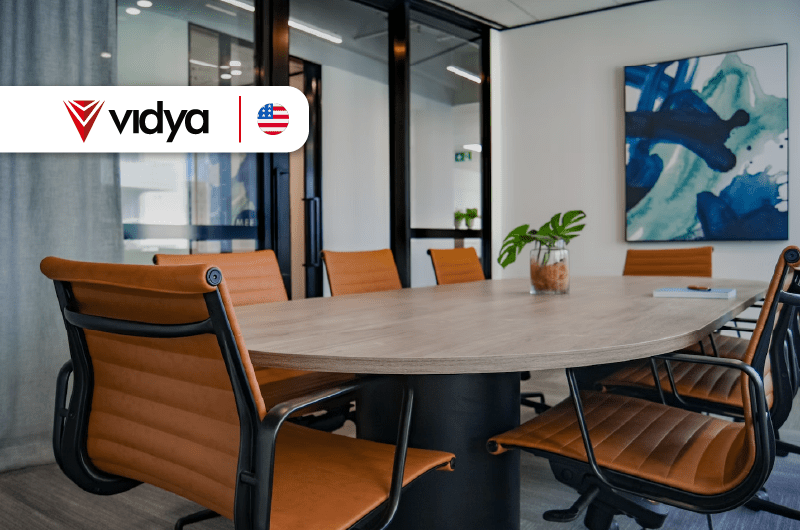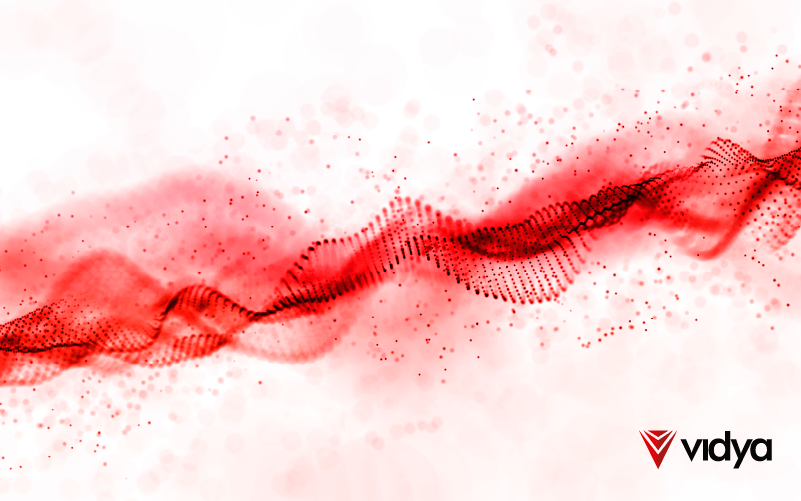Industrial inspections consist of reporting anomalies to later perform maintenance plans. For this purpose, companies display several methods to inspect assets that can be divided into two major categories: the traditional methods and the digitized ones. In this context, these two groups present clear disparities in the benefits they generate to operators. While traditional methods still expose professionals to risky and time-consuming activities, new digitized ways of capturing reality have intuitively fostered safety and uptime for industrial inspections.
Indeed, the new optimized methods of visually inspecting assets have accurately illustrated industrial realities to streamline maintenance actions. Thus, reporting anomalies with a digitized approach will be referred to as Reality Capture, once these methodologies allow precise visualization of the asset’s actual conditions. However, before understanding why Reality Capture is a must to report anomalies in industrial inspections, we need to understand how anomalies are usually reported.

How anomalies are usually reported
Reporting integrity anomalies in industrial equipment can be a headache, it involves locating irregularities along +300,000m² areas that often present dangers to inspectors. The hazardous environment, high-complexity activities, heavy weather conditions, and difficult-to-access areas are all variables that impact worker’s safety. In these conditions, a possible anomaly oversight in difficult-to-reach areas may turn into accidents such as oil leaks or explosions.
Besides that, while operations require inspections, they must deal with limited time, budget constraints, and costly downtime. Beyond these restrictions generating a time-consuming process, they display a low capability to visualize the problem and its ramifications. Additionally, different anomalies might look similar at human sight, requiring proper classification according to their behavior and characteristics, which complicates even further the anomaly reporting process.
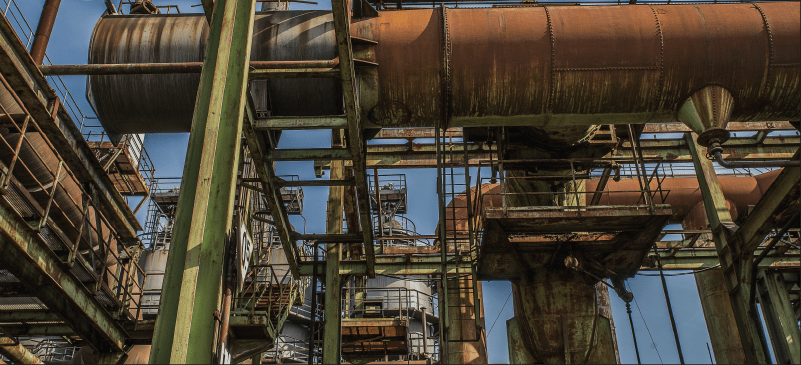
According to AI developer NexoCode, inspectors may struggle with dealing with large equipment numbers, causing fatigue and increasing the probability of errors. In this sense, non-optimized inspections consist of monotonous tasks that rely on robust documents for analyzing each asset. Essentially, traditional inspection methods interfere with visualizing improvement points and potential risks optimally. For this reason, industrial inspections need better methods of reporting their operation’s reality ensuring safety and operational efficiency.
Reporting anomalies optimally with Reality Capture
Within this dicey scenario, industrial inspections faced the need for more efficient and reliable reporting techniques. According to OpenSpace, Reality Capture solutions offer a welcome replacement for manual methods by letting professionals digitally capture, share, and analyze real-world environment conditions to move faster and make smarter decisions. Indeed, multiple technologies are pushing boundaries in the realm of Reality Capture.
When it comes to optimal industrial inspections, the following techniques can help capture industrial realities precisely:
1. Photogrammetry
Photogrammetry consists of using photography in surveying and mapping to ascertain measurements in certain environments. A technician takes multiple photos from different angles around a space and captures the objects in it. Photogrammetry works by using 3D geometry. After collecting the images, the 3D models process the images and display identified points between two or more photos to map the environment digitally. As a result, companies can leverage precise measurements of the facility by extracting useful information from the images, achieving higher productivity and inspection accuracy, process optimization, and reduced operating costs.
2. LiDAR
LiDAR, which stands for Light Detection and Ranging, is a remote sensing method that uses light in the form of a pulsed laser to measure distances. It works by targeting an object or a surface with a laser and measuring the time it takes for the reflected light to return to the receiver. According to LiDAR News, LiDAR collects images more accurately than traditional photogrammetric technology. While Photogrammetry takes several photos to later stitch them together, this technology takes precise laser point-cloud measurements of objects. This tool enables the identification of serval variables from the captured facility, such as corrosion, pitting, cracks, deformation, wear and tear, and other anomalies that may not be visible to human sight.
3. Laser Scanning
Laser Scanning and LiDAR are both technologies that use light to capture measurements in the environment, but they are used for different purposes and work in slightly different ways. While LiDAR measures the time it takes for the light to return, Laser Scanning collects data by capturing the reflection of the beam from the surface. It is very good at capturing small details, making it ideal for capturing the surface texture of objects in a 3D model, such as corrosion and other anomalies.
4. ROV’s
ROVs, or Remotely Operated Vehicles, are free-swimming submersible crafts used to perform tasks within the subsea. They are employed to inspect and survey underwater structures, such as FPSOs, pipelines, shipwrecks, wells, and underwater cables. They provide real-time video feeds and data, allowing operators to visualize and diagnose structures remotely.
5. Robotics
According to Statista, 88% of industries plan to invest in adding robotics to their operations. The most famous of them, Spot, also referred to as the robot dog, serves to identify anomalies. It circulates the facility listening for strange noises and looking for malfunctions within the asset. Its observation capacities are beyond the human spectrum, which delivers an accurate analysis without exposing any human being to risks.
6. Drones
With high-resolution cameras, thermal imaging, and other advanced sensors, drones can efficiently survey vast areas and inaccessible locations. They provide video feeds, high-quality imagery, and detailed data, allowing inspectors to assess the condition of assets without being exposed to any hazards. Besides that, drones can quickly cover large and difficult-to-reach areas, saving valuable time and resources.
Contextualizing anomaly reports: Vidya Software Platform
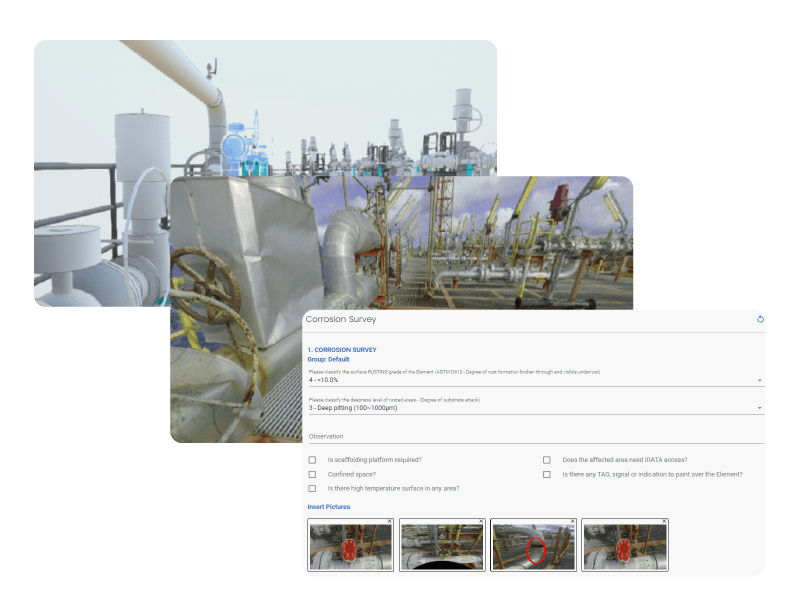
The previous tools enable industries to capture their operational reality accurately, but the data is still diffused. Additionally, images may not be fully reliable if they present poor lighting, distortion, or other defects. And, while the whole industrial facility might be captured, now there are tons of unrelated images with a lack of meaning. In this setting, it is necessary to contextualize the images into a unique channel to plan maintenance properly.
According to Forbes, despite industries collecting vast amounts of data, 60% to 73% of this data has yet to be successfully used for any strategic purpose. For this purpose, the Vidya Software Platform processes Reality Capture data using AI to identify anomalies and other potential discontinuities accurately. This tool allows safer maintenance decisions based on visual and auditable reports.
The Vidya Software Platform offers data-driven insights supported by Computer Vision and customizable dashboards, reports, prediction models, 3D models, and simulation capabilities for precise visualization of the asset’s conditions. Moreover, this cutting-edge technology helps industries see further, achieve more, and empower their experts with data-driven insights
In practice, the application approach consists of contextualizing reports, documents, technical drawings, and other kinds of data in a 3D environment. Then, the Reality Capture is performed, and the AI Computer Vision processes the images to autonomously identify and classify visual anomalies, such as pitting, potential discontinuities, welding, and corrosion in a 3D model. Therefore, using the information to generate integrity notes and support for maintenance plans.
By combining Reality Capture with AI Computer Vision to illustrate industrial realities accurately, the Vidya Sofware Platform has helped industry leaders such as Equinor, MODEC, Vale, and others minimize inspection headaches with the following results:
